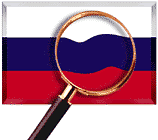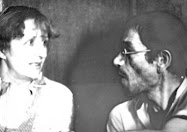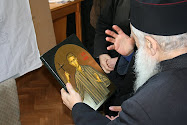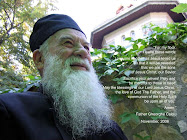 R. Colin JohnsonEE Times (07/29/2009 9:37 AM EDT)
R. Colin JohnsonEE Times (07/29/2009 9:37 AM EDT)PORTLAND, Ore. — A new kind of identification tag that combines the security of a bar code with the capacity of an RFID tag will debut next week at the Siggraph 2009 conference.
The new tag, which can be read by consumers with a cellphone camera, looks like a 1-mm-high raised bump. Called a "bokode," the Massachusetts Institute of Technology invention consists of an illuminated microdot behind a plastic lens. It will use flat, reflective holograms in future versions.
MIT's bokode is named after the Japanese term "bokeh," which refers to the image of a round blob that results when a camera is out of focus. MIT researchers reversed that process by encoding the microdot's blob-like image based on the angles at which rays emerge from the lens--an encoding that allows the out-of-focus camera to recombine the rays into the original.
The data stored in a "bokode" chip can be detected meters away by an out-of-focus camera lens. "The bokode encodes information in the angular dimension. Traditional bar codes encode information spatially, temporally or spectrally. The bokode encodes it angularly," said Ankit Mohan, a post-doctoral researcher at MIT. "This means the rays coming out of the bokode in different directions are all individually encoded. This angular information is invisible to the human eye, but is easily decodable by an out-of-focus camera."
MIT's prototype uses an LED beneath the microdot as well as a 3-mm-wide plastic lens atop it. However, the team is working on a holographic version that would use flat, fresnel-like lenses to encode angular information that does not require a backlight.
"Today, we use a printed mask of high resolution behind a lens to encode this information," said Mohan. "But we are also working on passive and flat prototypes using holography."
Continuarea la EE TIMES


































































No comments:
Post a Comment